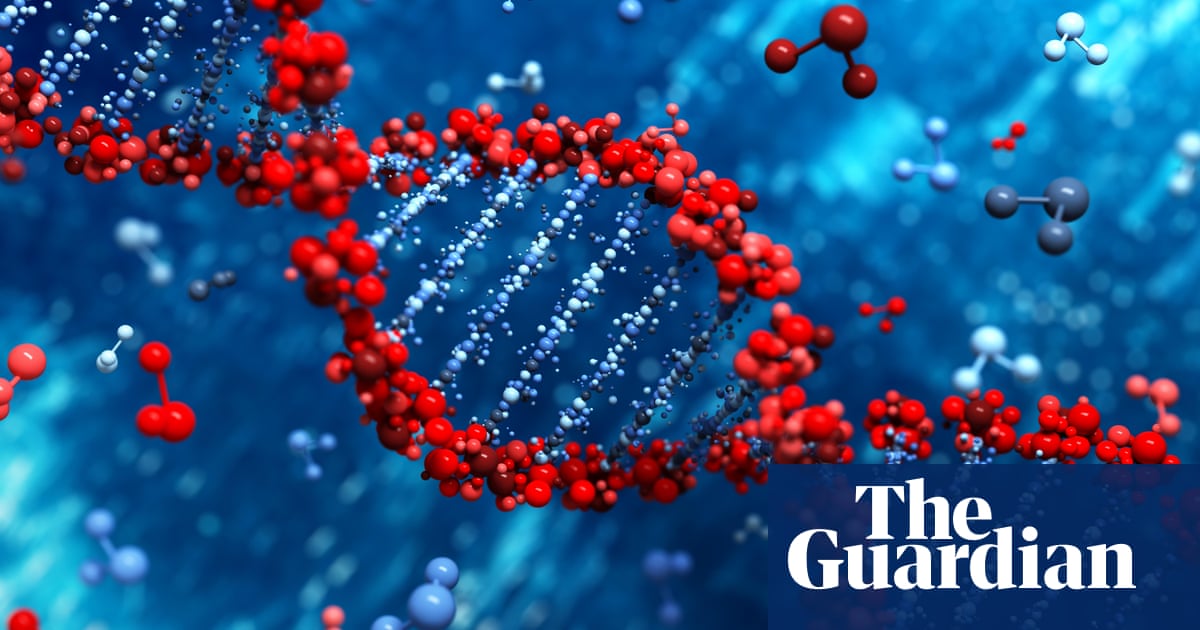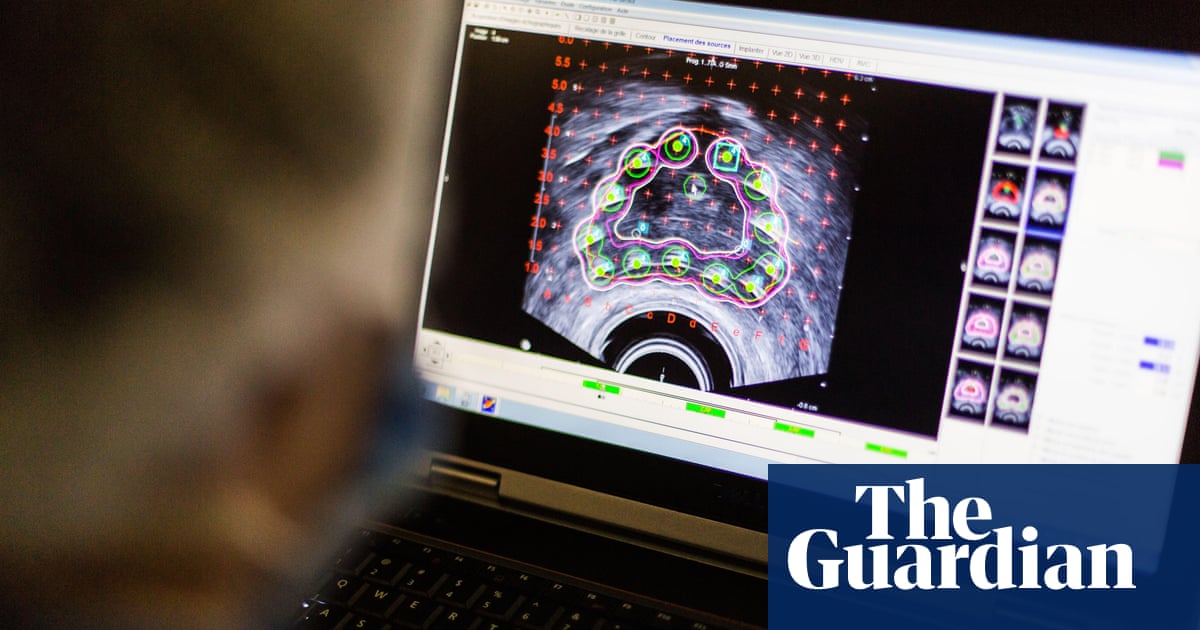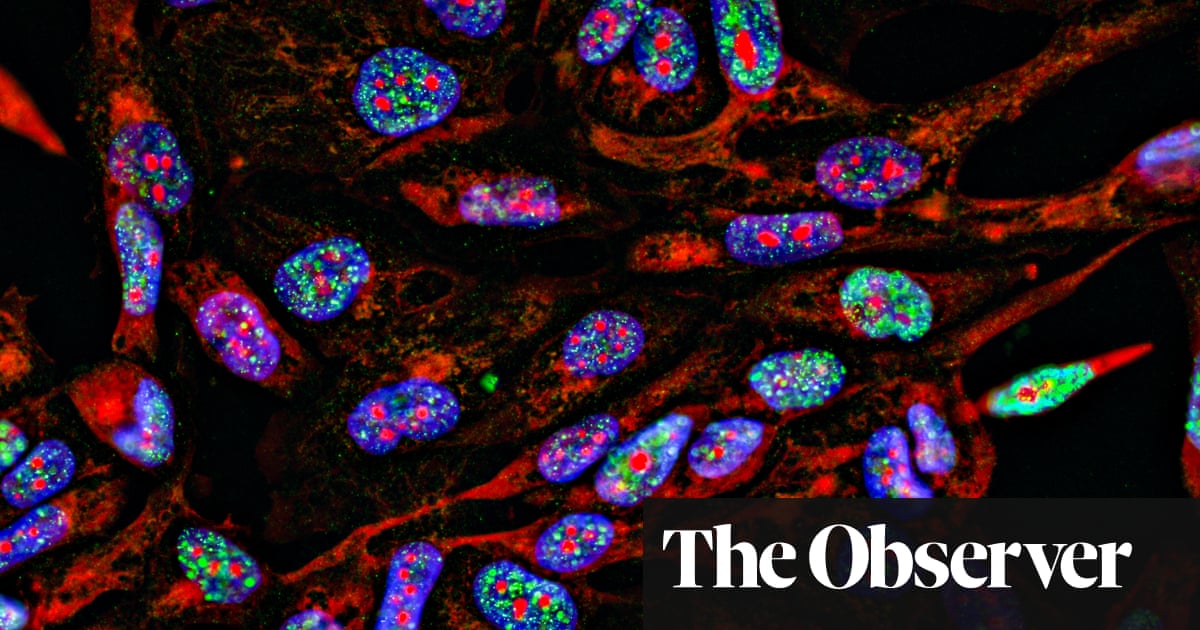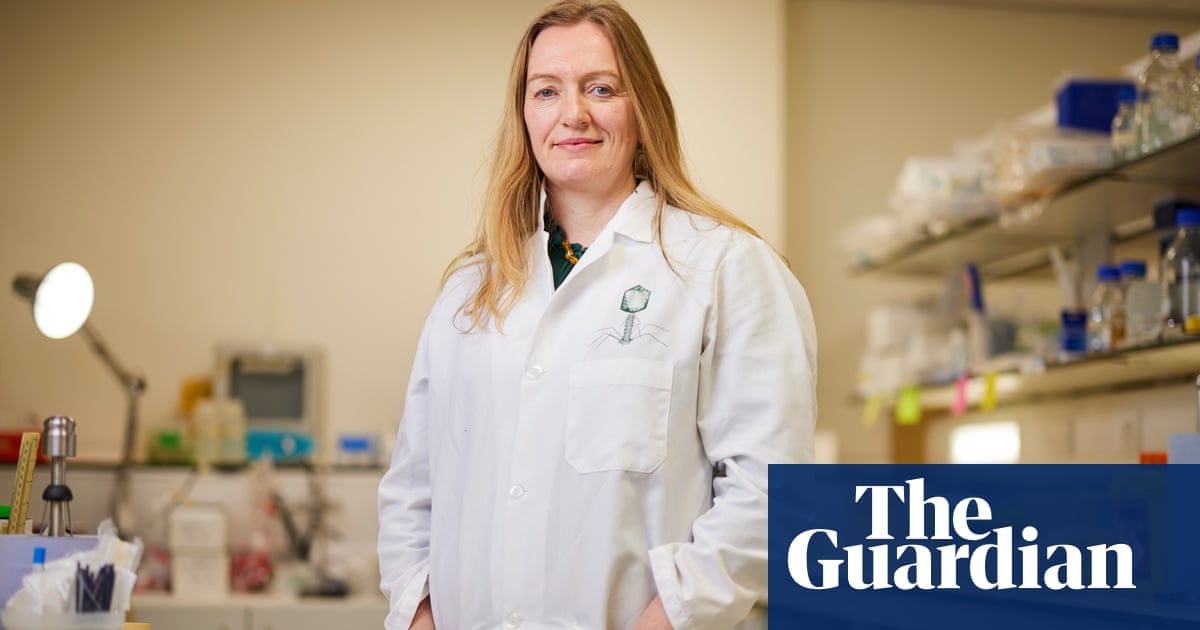
A century ago, the American surgeon William Coley injected streptococcal organisms that cause cellulitis, a skin inflammation, into cancer patients. Coley thought his idea could help stimulate the immune system to fight cancer and bacteria.
At the time, this idea helped control tumors in tens of patients. But it was considered unsecure because of its toxic side effects; therefore, it was not adopted on a scale.
However, the attempts to develop this method didnt stop. A US research team has finally managed to use bacteria in developing an immunotherapy for cancer, in which the bacteria is guided to settle in the tumor until it grows, destroys itself and diffuses the treatment inside the tumor.
The idea, developed by researchers at the University of Columbia and published in the journal Nature Medicine on July 3, is based on a genetically engineered strain of non-pathogenic E. coli bacteria that target the tumor, grow inside it until it reaches a self-destruction phase allowing for effective release of therapeutics and preventing them from wreaking havoc elsewhere in the body.
The new method is aimed at enabling the bacteria to target the CDA7, a protein that protects cancer cells from being eaten by innate immune cells such as macrophages and dendritic cells.
But the CD47 is present elsewhere in the body. To solve this issue, the researchers engineered bacteria to target CD47 exclusively within the tumor and avoid systemic side-effects of treatment.
Sreyan Chowdhury, the papers lead author, told Asharq Al-Awsat via email: "This mechanism can theoretically target any solid tumor, as it led to a total eradication of tumors in mice. It also helped slow the growth of tumor metastasis sourced from the original tumor targeted by the bacteria."
The team plans to expand its research to include other kinds of cancerous tumors, and to perform further toxicology studies to ensure their method is safe.
"By the end of these studies, we will probably have a clear understanding that we can introduce to the US Food and Drug Administration (FDA) to start clinical trials."
From an E. coli to the coxsackievirus, with a naturally occurring strain of common cold that usually affects infants between the summer and the fall. It was first discovered in the city of Coxsackie, New York. The strain CVA21 of the virus is the one responsible for causing the common cold.
In a study published on July 5 in the Clinical Cancer Research journal, researchers from the University of Surrey and the Royal Surrey County Hospital, found that this strain could be used to treat the non-muscle invasive bladder cancer (NMIBC). It is the tenth most common cancer in the UK with approximately 10,000 people each year diagnosed with the illness.
Typically tumors in the bladder do not have immune cells, and are known as "cold areas immunologically," preventing a patients own immune system from eliminating the cancer as it grows. However, the treatment with the CVA21 virus stimulates immune cells to create “immunological heat", which enables the cells to target cancerous cells and kill them.
Hardev Pandha, principal investigator of the study and professor of Medical Oncology at the University of Surrey, said in a report: "The Coxsackievirus could help revolutionize treatment for this type of cancer. Reduction of tumor burden and increased cancer cell death was observed in all patients and removed all trace of the disease in one patient following just one week of treatment, and no significant side effects were observed in any patient."












